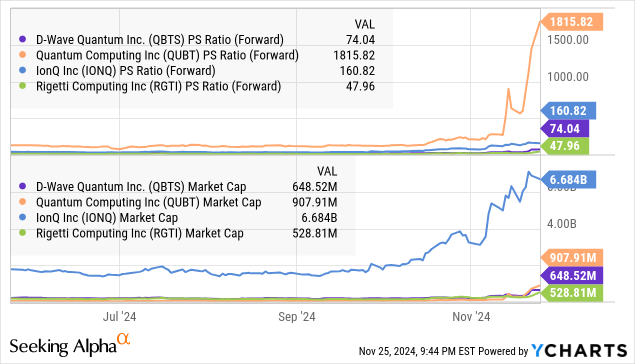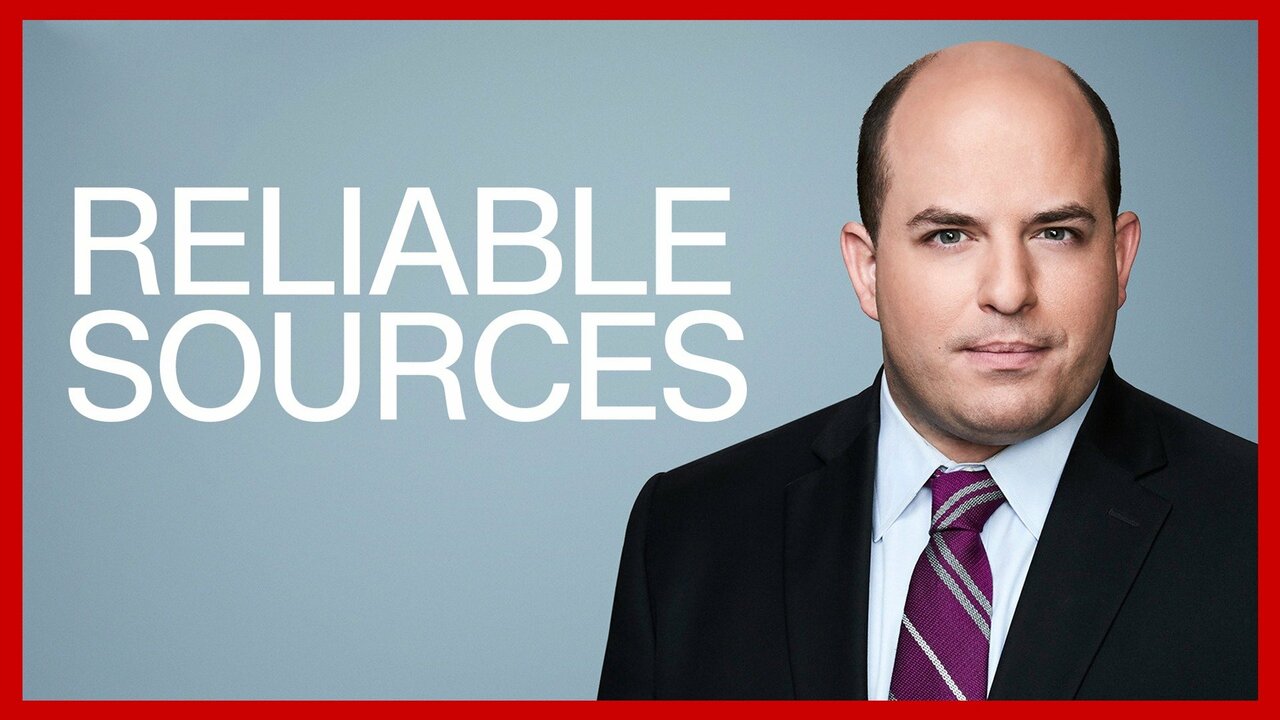Understanding Tariff Fluctuations: Insights From FP Video's Global Perspective

Table of Contents
Geopolitical Factors Driving Tariff Fluctuations
Geopolitical events are major drivers of tariff fluctuations, creating uncertainty and impacting global trade. Understanding these influences is crucial for effective risk management.
Trade Wars and Protectionism
Escalating trade tensions between nations frequently lead to increased tariffs and trade barriers. These "trade wars" often involve the use of tariffs as retaliatory measures, disrupting established trade relationships and creating uncertainty for businesses.
- Example: The US-China trade war (2018-present) significantly impacted various industries, including agriculture, technology, and manufacturing, leading to increased tariffs on billions of dollars worth of goods.
- Impact: This uncertainty makes it difficult for businesses to plan long-term strategies, impacting investment decisions and supply chain management. Businesses faced increased costs, reduced market access, and complicated logistical challenges.
- Retaliatory Tariffs: The imposition of tariffs by one country often triggers retaliatory tariffs from other nations, escalating the conflict and further disrupting global trade flows.
Political Instability and Regime Change
Political instability in certain regions can severely disrupt supply chains and lead to unpredictable tariff adjustments. This uncertainty makes it challenging for businesses to operate effectively and plan for the future.
- Example: Political upheaval in a key manufacturing hub can lead to sudden changes in import/export regulations, including unexpected tariff increases or bans on certain goods.
- Risk Assessment: Businesses need to conduct thorough risk assessments, considering the political climate of their trading partners and developing contingency plans to mitigate potential disruptions.
- Diversification: Diversifying sourcing and production locations becomes vital to reduce reliance on politically unstable regions.
International Agreements and Trade Deals
Multilateral and bilateral trade agreements significantly influence tariff levels. Renegotiations or withdrawals from these agreements can cause substantial shifts in tariff structures, impacting businesses reliant on those agreements.
- Example: The renegotiation of NAFTA into the USMCA (United States-Mexico-Canada Agreement) resulted in changes to tariff rates for various goods traded between these three North American countries.
- RCEP (Regional Comprehensive Economic Partnership): The RCEP agreement, encompassing a large number of Asian countries, represents a significant shift towards regional trade liberalization, impacting tariff rates for member nations.
- Impact of Withdrawals: A country's withdrawal from a trade agreement can lead to the immediate re-imposition of tariffs on goods previously covered by the agreement, disrupting established trade flows and impacting businesses involved.
Economic Factors Influencing Tariff Fluctuations
Economic conditions play a substantial role in shaping tariff fluctuations, influencing government policy and the competitiveness of domestic industries.
Currency Exchange Rates
Fluctuations in exchange rates indirectly affect the cost of imported goods, influencing the perceived need for tariffs. A weaker domestic currency can make imports more expensive, potentially increasing pressure for protectionist measures.
- Example: A devaluation of a nation's currency can make imports more expensive, leading to calls for higher tariffs to protect domestic producers from cheaper foreign competition.
- Hedging Strategies: Businesses can mitigate the risks associated with currency fluctuations through hedging strategies such as forward contracts or options trading.
- Impact on Competitiveness: Changes in exchange rates significantly impact the international competitiveness of goods, influencing the need for tariff adjustments.
Domestic Production and Competition
Governments often use tariffs to protect domestic industries from foreign competition. This protectionist approach aims to safeguard jobs and promote domestic production but can also have negative consequences.
- Examples: Tariffs on steel and aluminum have been used in several countries to protect domestic producers from cheaper imports.
- Consequences of Protectionism: Protectionist measures, while supporting local industries, can lead to higher consumer prices and reduce consumer choice due to limited competition.
- Arguments For and Against: The debate surrounding protectionist policies is complex, balancing the needs of domestic industries with the benefits of free trade and global economic integration.
Global Supply Chain Disruptions
Events such as pandemics or natural disasters can trigger tariff adjustments as countries seek to secure essential goods and ensure their national security.
- Example: The COVID-19 pandemic disrupted global supply chains, leading to shortages of essential goods and prompting some countries to temporarily adjust tariff policies to ensure access to critical supplies.
- Supply Chain Resilience: Businesses need to focus on building more resilient supply chains, diversifying sourcing and production locations, and incorporating risk mitigation strategies.
- Impact on Tariff Policies: Unexpected disruptions frequently lead to temporary adjustments in tariff policies, creating further uncertainty for businesses.
Mitigating Risk and Capitalizing on Opportunities in a Volatile Tariff Landscape
Navigating the complexities of tariff fluctuations requires a proactive and strategic approach.
Proactive Monitoring and Forecasting
Staying informed about potential tariff changes through reputable sources is crucial for effective risk management. Utilizing data analytics and predictive modelling can help anticipate potential changes.
- Key Resources: Monitor government websites, trade organizations like the WTO (World Trade Organization), and specialized trade publications for updates on tariff changes and policy developments.
- Predictive Analytics: Investing in predictive analytics can help businesses forecast potential tariff changes and their impact on their operations.
- Early Warning Systems: Implementing early warning systems allows businesses to react promptly to changes and implement necessary adjustments.
Diversifying Sourcing and Supply Chains
Diversifying suppliers and establishing alternative supply chains is essential to mitigate disruptions caused by tariff changes. This strategy minimizes dependence on single sources and reduces vulnerability.
- Nearshoring and Reshoring: Consider nearshoring (moving production to nearby countries) or reshoring (bringing production back to the home country) to reduce reliance on distant suppliers.
- Multiple Suppliers: Establishing relationships with multiple suppliers in different regions mitigates the risk of disruptions from any single source.
- Agile Supply Chains: Developing agile and flexible supply chains allows businesses to adapt quickly to changes in the global trade landscape.
Strategic Tariff Planning and Compliance
Engaging with customs brokers and trade specialists is vital to ensure compliance with changing regulations and minimize the risk of penalties.
- Customs Brokers: Employing experienced customs brokers facilitates smooth navigation of customs procedures and compliance with tariff regulations.
- Trade Specialists: Consult with trade specialists for in-depth advice on navigating tariff regulations, reducing risks, and leveraging trade opportunities.
- Penalties for Non-Compliance: Non-compliance with tariff regulations can result in significant financial penalties, delays, and legal issues.
Conclusion
Understanding tariff fluctuations is crucial for businesses operating in the global marketplace. FP Video's global perspective reveals the complex interplay of geopolitical and economic factors driving these changes. By proactively monitoring market developments, diversifying supply chains, and strategically planning for compliance, businesses can mitigate risks and effectively navigate the complexities of a volatile tariff landscape. Don't let unpredictable tariff fluctuations derail your business strategy. Contact FP Video today to gain valuable insights and develop a comprehensive approach to managing tariff risk and leveraging opportunities in the ever-changing global trade environment.

Featured Posts
-
 Abn Amro Facing Regulatory Action Potential Fine For Bonus Practices
May 21, 2025
Abn Amro Facing Regulatory Action Potential Fine For Bonus Practices
May 21, 2025 -
 Bp Chief Executives 31 Pay Cut Reasons And Implications
May 21, 2025
Bp Chief Executives 31 Pay Cut Reasons And Implications
May 21, 2025 -
 D Wave Quantum Qbts Stock Decline In 2025 A Deep Dive
May 21, 2025
D Wave Quantum Qbts Stock Decline In 2025 A Deep Dive
May 21, 2025 -
 Market Analysis Why D Wave Quantum Qbts Stock Fell On Thursday
May 21, 2025
Market Analysis Why D Wave Quantum Qbts Stock Fell On Thursday
May 21, 2025 -
 Cassis Blackcurrant History Cultivation And Culinary Applications
May 21, 2025
Cassis Blackcurrant History Cultivation And Culinary Applications
May 21, 2025
Latest Posts
-
 Benjamin Kaellman Huuhkajien Uusi Maaliruisku
May 21, 2025
Benjamin Kaellman Huuhkajien Uusi Maaliruisku
May 21, 2025 -
 Mainz Falls To Dortmund As Beier Bags A Brace
May 21, 2025
Mainz Falls To Dortmund As Beier Bags A Brace
May 21, 2025 -
 Borussia Dortmund Defeat Mainz Thanks To Beiers Brace
May 21, 2025
Borussia Dortmund Defeat Mainz Thanks To Beiers Brace
May 21, 2025 -
 Bangladeshinfo Com A Reliable Source For Information About Bangladesh
May 21, 2025
Bangladeshinfo Com A Reliable Source For Information About Bangladesh
May 21, 2025 -
 Beiers Double Propels Borussia Dortmund Past Mainz
May 21, 2025
Beiers Double Propels Borussia Dortmund Past Mainz
May 21, 2025
